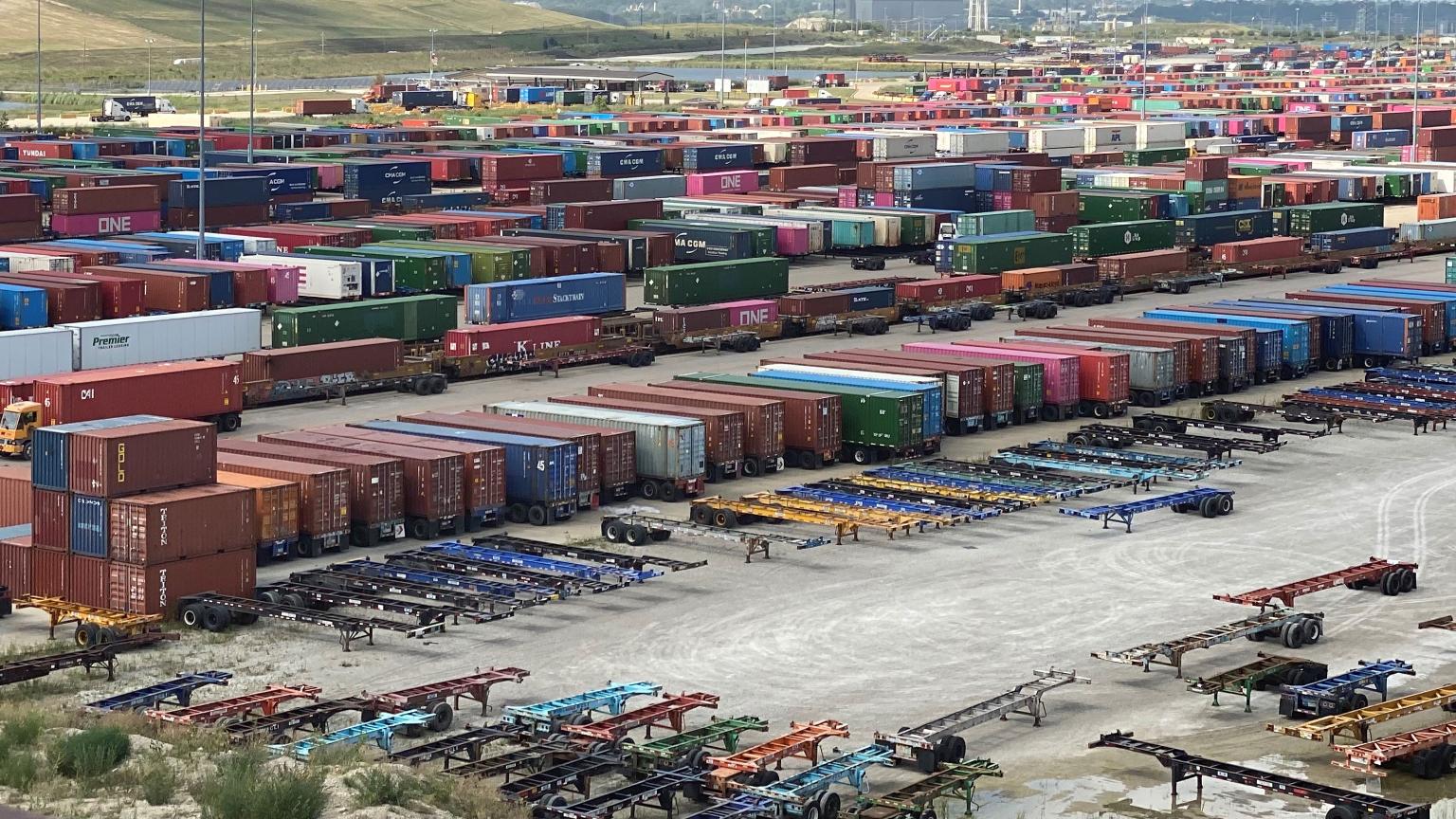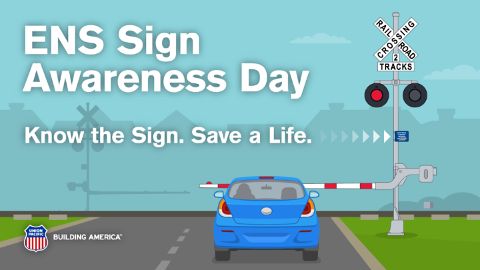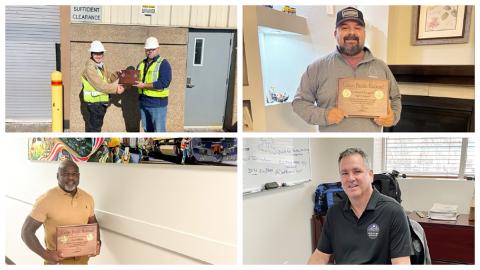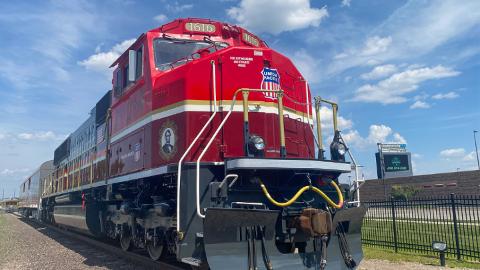As the nation’s consumers face empty store shelves, six-month delays for items that used to be in stock, and limited availability of their favorite items; they are asking a simple question: What’s going on?
Changes in consumer purchasing habits during the pandemic, labor shortages in trucking and warehousing, and final-mile delivery delays are all contributing to industry-wide shortages in the U.S. In the same way healthy arteries and veins ensure our body functions properly, the global supply chain keeps our national economy thriving and growing. And that supply chain is not healthy right now.
To keep shelves stocked, delivery times low, and products readily available, every link in the integrated supply chain must work in a precisely coordinated sequence. This requires every player – steamship lines, port terminals, trucks, rail, warehouses, freight asset owners, and the beneficial owners of the cargo – to keep the freight flowing at the same pace. If one cog in the machine stalls or gets out of line with another, the entire system slows down or can even grind to a halt.
Here’s one scenario:
- A COVID-19 outbreak at a Chicago warehouse delays unloading a container, and a normally day-long process is stretched out a week.
- The container chassis sits unproductive for that week. When the next train arrives at Union Pacific’s Global 4 facility, the terminal operator doesn’t have the chassis it needs to move containers from the train’s well cars.
- This prevents the train from unloading its containers. The train’s well cars and the containers sitting on them are unproductive while waiting for available chassis.
- Well cars and containers held up in Chicago create a gap in well-car supply in Los Angeles for ocean carriers waiting to unload containers from their ships onto our trains.
That’s just one scenario. Here’s a fact: In 2021, the average time a chassis is on the streets before it returns to an intermodal ramp has elongated by 20% versus the same time last year. That’s a huge reduction in asset productivity and it drives an imbalance in the overall supply chain.
So, what do we need to do to get healthy? The first step is to acknowledge that we’re all in this together.
In the above scenario, a COVID-19 outbreak at a warehouse was the starting event, but similar ripple effects can result from a labor shortage at the port or a railroad bridge outage due to a wildfire or a customer struggling to get a driver to pick up a load for final delivery. We all need to step back and understand our world is emerging from a pandemic and it will take all of us in the supply chain working together fully to recover.
Subscribe to Inside Track
We can’t be complacent. Each member of the supply chain must focus on optimizing their part of it and keep communicating with the players upstream and downstream from them in the chain. That is exactly what Union Pacific is doing – focusing on what we can control and communicating early and often with our supply chain partners.
During this time, Union Pacific has stepped up communications with our customers. For example, we hosted an International shipping forum in May to get ocean carriers together to review problems and work to create solutions. In addition, our domestic sales team is providing customers weekly – sometimes daily – updates on equipment forecasts.
We’re also using our equipment and infrastructure to assist in these difficult times. We’ve added locomotives to the intermodal business to address current network imbalances. We’ve temporarily reopened our Global III ramp in Rochelle, IL, to use as an inland storage depot – this action helps reduce marine terminal inventories and provides more options for our ocean carriers.
We’re also investing in the future by bringing on new chassis in 2022 for the domestic pools which we manage and equipping our rail-owned containers with GPS units. This will help address the current chassis shortage while also providing better shipment visibility for our customers.
Everyone in the supply chain must take stock of what they can control and use all available levers to address bottlenecks. Union Pacific stands ready to continue working with our supply chain partners to improve supply chain health. But no one can solve this alone.







